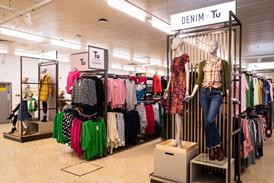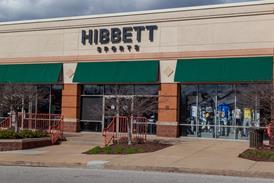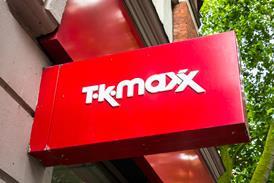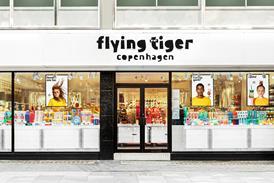Shoppers find them frustrating and retailers know they are damaging, so take back control of your customer journey with measures to prevent interruptions.
Just how critical a strategic priority is the customer experience for businesses going forward? A study by research and consulting firm Frost & Sullivan projects that by 2020 customer experience will surpass price and product as a key brand differentiator.
Ecommerce brands will continue to adopt technologies – from digital platforms to big data analytics, AI and machine learning – that help them weave consumer data and feedback into all their channels, and constantly test those optimisations to produce a seamlessly connected and personalised journey.
How damaging are disruptions?
Continuous devotion to presenting your ecommerce masterpiece pays off with improved KPIs in both the short and long term – or at least it should. But, despite your best efforts, there’s a vandal out there currently disrupting your carefully thought-out customer experience.
That vandal is the growing problem of online journey hijacking – unauthorised product ads, pop-ups and banners that are injected into consumer browsers or devices. Users become infected with these malware-driven ads when downloading free software such as extensions or service bundles, or when connecting to free Wi-Fi services.
“These disruptions harm metrics, including conversion rates, revenue per visitor, bounce rates and checkout abandonment rates”
Because these ad injections run on the consumer’s browser or device, they run beyond the visibility and control of site owners. When it comes to businesses’ bottom lines, what’s the damage?
These disruptions harm metrics, including conversion rates, revenue per visitor (RPV), bounce rates and checkout abandonment rates.
A Google study in 2015 reported that ad injections were the single largest source of frustration among Chrome users. However, many online businesses are shocked to hear – and consequently see – that their designed journey is not what many of their customers view.
How unauthorised ads appear to the user
They are also surprised at just how many of their users are affected by online journey hijacking.
Depending on seasonality – ad injectors increase their activities to capitalise on increased web traffic during busy online shopping periods – between 15 to 25% of all online visitors are met with these ads when visiting a retailer’s site, the majority of which link to competitor offers.
The injected ads also don’t discriminate by company or vertical – any business with an online sales funnel is a target.
According to analyst firm Gartner: “Any company selling online that relies on steady traffic in order to sell products should care about journey hijacking.”
All the investment and resources retailers put into removing friction online and providing personalised journeys are only worth it if that’s what their customers actually experience.
“Any company selling online that relies on steady traffic in order to sell products should care about journey hijacking”
Businesses can’t control all the offline distractions their desktop and mobile customers are already dealing with, but, thanks to disruptive innovations, they can control their online experience.
Many leading brands have acted to prevent online journey hijacking and substantially increased their conversion rate and RPV.
By preventing this hijacking, retailers can ensure their efforts shine through by removing these disruptions and bringing customers back to the experience they’ve been striving to deliver all along.

Ohad Hagai is senior vice-president of marketing at Namogoo

























